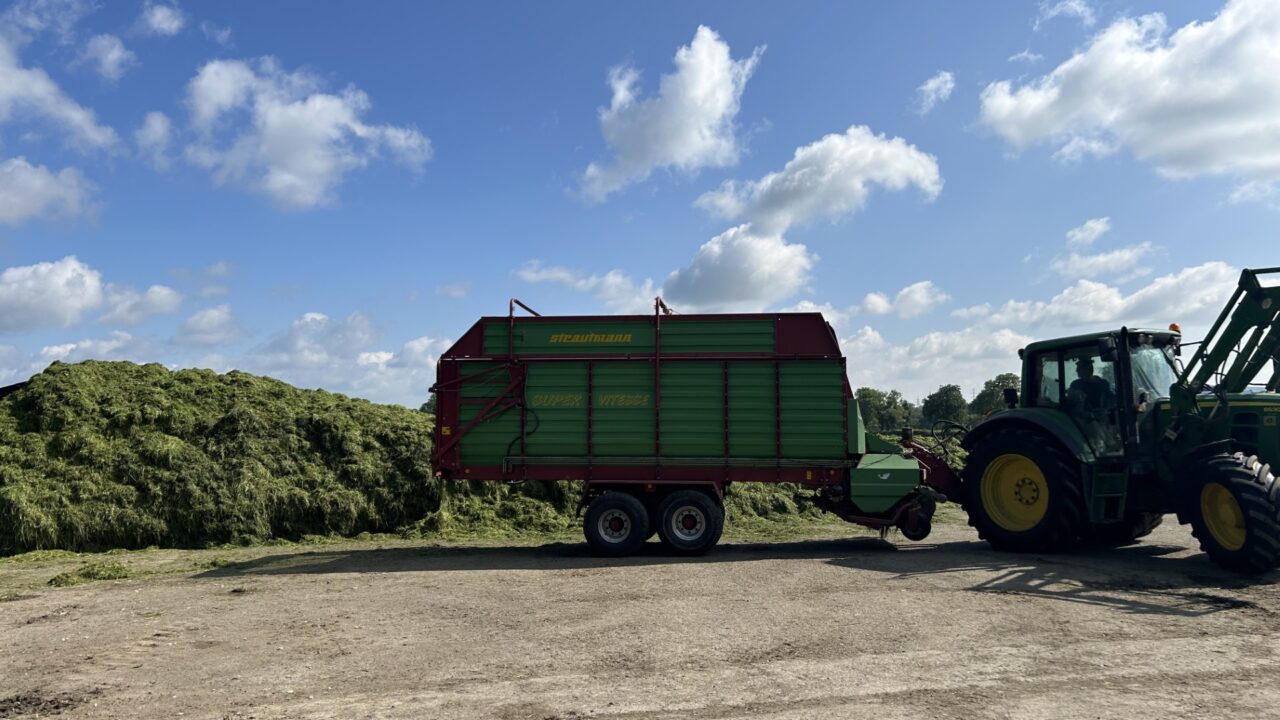Now that we are into the second week of May, farm safety must be at the helm as the busyness on farms is beginning to ramp up with cows having to get back in calf and first-cut silage underway.
There is a number of jobs happening on farm throughout May, including spraying, silage harvesting, fertiliser, and slurry spreading, along with artificially inseminating (AI) cows and heifers or letting out stock bulls.
Usually when the activity and labour intensifies in yards, farmers are more likely to forget about safety and usually the chances of an accident or an injury increases.
Annually, on average, 20 fatal accidents happen on farms, which is something to bear in mind when things are getting a little too chaotic around the yard.
Safety around silage
Usually around silage season, the days are long and the opportunities for harvesting silage can be tight, which can lead to a rush and a bit of pressure on.
This increased pressure can often lead to stress, little patience, and exhaustion, which can then lead to mistakes and mishaps.
Whether there are contractors coming in to the silage or you are doing it yourself, make sure all tractors, trailers, harvesters, buck rakes, or wagons are well greased up and serviced prior to cutting.
Make sure that any machines that are being operated have clear windows and mirrors to ensure that vision is not impaired.
Keep the yard tidy, and trim back bushes or branches at gates or entrances to make sure machines can safely access public roads and go in and out of the yard.
Quite often when silage is being harvested, children will come down to have a look as excitement builds with the big machinery, but this needs to somewhat controlled to ensure that any young person around the yard is supervised and safe.
The height of the pit needs to be a concern – it should ideally not go beyond the height of the walls as that would only make it increasingly more dangerous to rake on top of it and to cover it.
When it comes to baled silage, falling bales are responsible for 5% of fatalities on farm, according to the Health and Safety Authority (HSA), and so make sure the driver is mindful of overhead power wires, ground conditions, and slopes.
Breeding
At this stage of the breeding season, AI will take up a lot of the time as, generally speaking, the first three weeks of the breeding season is generally when farmers tend to use their AI straws.
However, there is still more than likely a good number of farmers with stock bulls out with cows or even separating cows that are not suitable for AI to go into the pen with the bull.
Even though stock bulls may be well-used to being handled, farmers know that they can turn at any stage and still pose a serious threat, if they are not handled with diligence.
It is important that a bull is familiar with people, but not overfamiliar – a safe distance should be maintained at all times.
A bull’s temperament changes as it matures, from playful aggression as a yearling to defensive, territorial aggression at two or three years-of-age.
Bulls should be ringed from 10 months-of-age, with a chain attached when grazing. There should be a zero-tolerance policy towards any bull showing signs of aggression.
It is important to carry a walking stick when walking through the fields with animals, keeping the bull in your sight at all times and never turning your back to him.
Using a vehicle when herding the cows is advisable as it will allow for a quick escape should the bull attack.
Unless in a vehicle, children should not be around the cows when there is a bull running with them, as the bull can become territorial.
Even when cows are getting artificially inseminated, cows are getting handled a lot and this poses a threat to injury.
Handling of cows should be done using the right facilities and farmers should take their time moving cows and making their way around the handling facilities, as you do not want to stress the animals, which may only cause injury to yourself or the animal.

